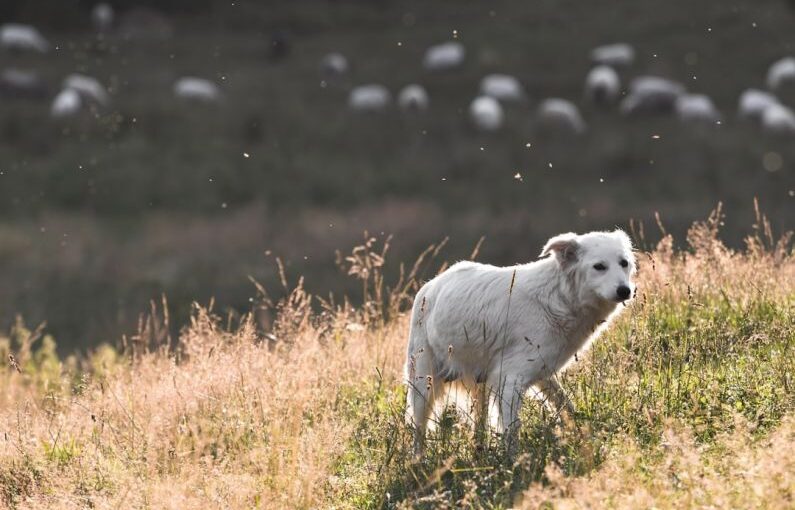In the animal kingdom, herding is a behavior that is ingrained in the instincts of certain species. This natural instinct to gather in groups and move together serves a variety of purposes, from protection against predators to enhancing the efficiency of hunting. Let’s delve into the fascinating world of herding and explore how this behavior manifests across different species.
The Mechanics of Herding
Herding is a collective behavior observed in several animal species, from mammals to birds and even insects. This behavior involves individuals within a group coordinating their movements in a synchronized manner. One of the key aspects of herding is the alignment of individuals’ movements to maintain the cohesion of the group. This synchronization is essential for the group to function effectively, whether they are migrating, foraging, or evading predators.
The Benefits of Herding
Herding offers several advantages to the animals that exhibit this behavior. One of the primary benefits is safety in numbers. By staying together in a group, individuals can reduce their risk of predation. Predators often target isolated individuals, so herding provides a level of protection through increased vigilance and the ability to detect threats more effectively.
Additionally, herding can improve the efficiency of certain activities, such as hunting or foraging. By coordinating their movements, group members can herd prey towards a common location or work together to surround and capture food more effectively. This collaborative effort maximizes the group’s chances of success in acquiring resources.
Herding Across Species
While herding behavior is commonly associated with mammals such as wildebeest and bison, it is also observed in birds and insects. For example, schools of fish exhibit schooling behavior, where they move in coordinated formations to confuse predators and enhance their collective defense mechanisms. Birds like starlings engage in mesmerizing murmurations, where thousands of individuals swoop and dive in unison, creating intricate patterns in the sky.
Insects like locusts form swarms that can devastate crops in a matter of hours. These swarms are a result of individual insects responding to chemical cues released by their counterparts, triggering a collective behavior that can have significant ecological impacts. The ability of insects to coordinate their movements in large numbers showcases the power of herding behavior even in the smallest of creatures.
The Evolution of Herding
The evolution of herding behavior is a subject of ongoing research in the field of behavioral ecology. Scientists believe that herding may have evolved as a strategy to improve survival and reproductive success in certain environments. By working together in groups, animals can overcome challenges that would be insurmountable for individuals acting alone.
Herding behavior is also influenced by factors such as social hierarchy, communication signals, and environmental cues. Within a herd, individuals may establish dominance hierarchies that dictate their roles and interactions. Communication signals, whether visual, auditory, or olfactory, play a crucial role in coordinating movements and maintaining group cohesion. Environmental cues such as changes in weather patterns or the presence of predators can trigger herding behavior as a collective response to external threats.
The Future of Herding Research
As our understanding of animal behavior continues to advance, researchers are delving deeper into the mechanisms and implications of herding behavior. Studies on collective decision-making, leadership dynamics within herds, and the role of individual personalities in group behavior are shedding light on the complexities of herding across different species.
By unraveling the mysteries of herding behavior, scientists hope to gain insights into broader concepts such as cooperation, communication, and adaptability in the natural world. Understanding how animals instinctively come together to form cohesive groups can offer valuable lessons for human societies as we navigate our own social dynamics and collective challenges.
Herding: A Timeless Instinct
Herding is a timeless instinct that showcases the power of collaboration and coordination in the animal kingdom. Whether it’s a herd of wildebeest crossing the savannah or a school of fish darting through the ocean, the beauty of herding lies in its ability to bring individuals together towards a common purpose. As we continue to unravel the mysteries of this intricate behavior, we gain a deeper appreciation for the complexities of nature and the remarkable ways in which animals adapt and thrive in a world shaped by instinct and evolution.





